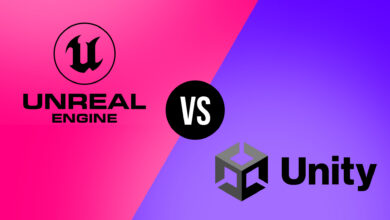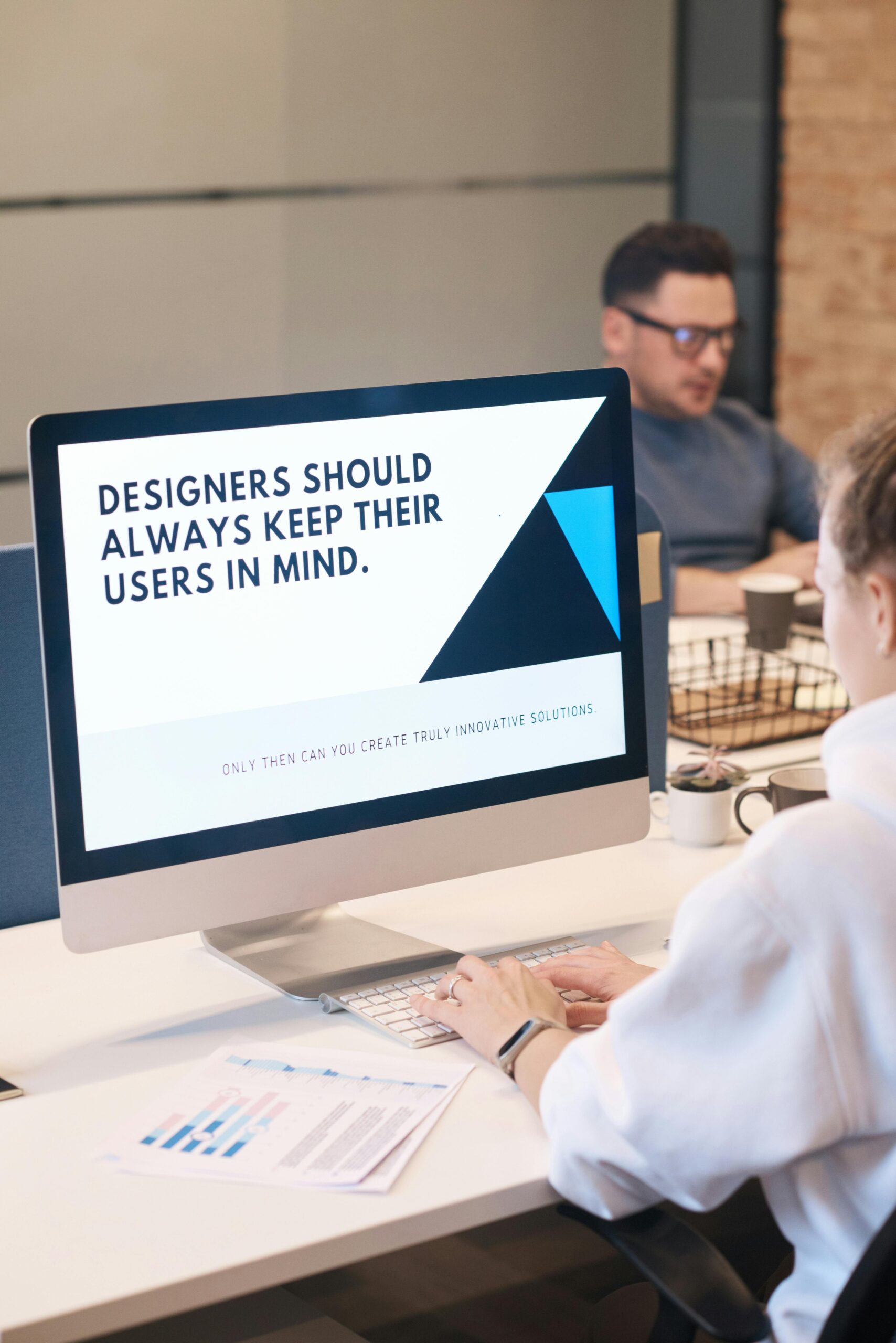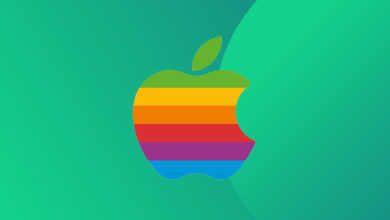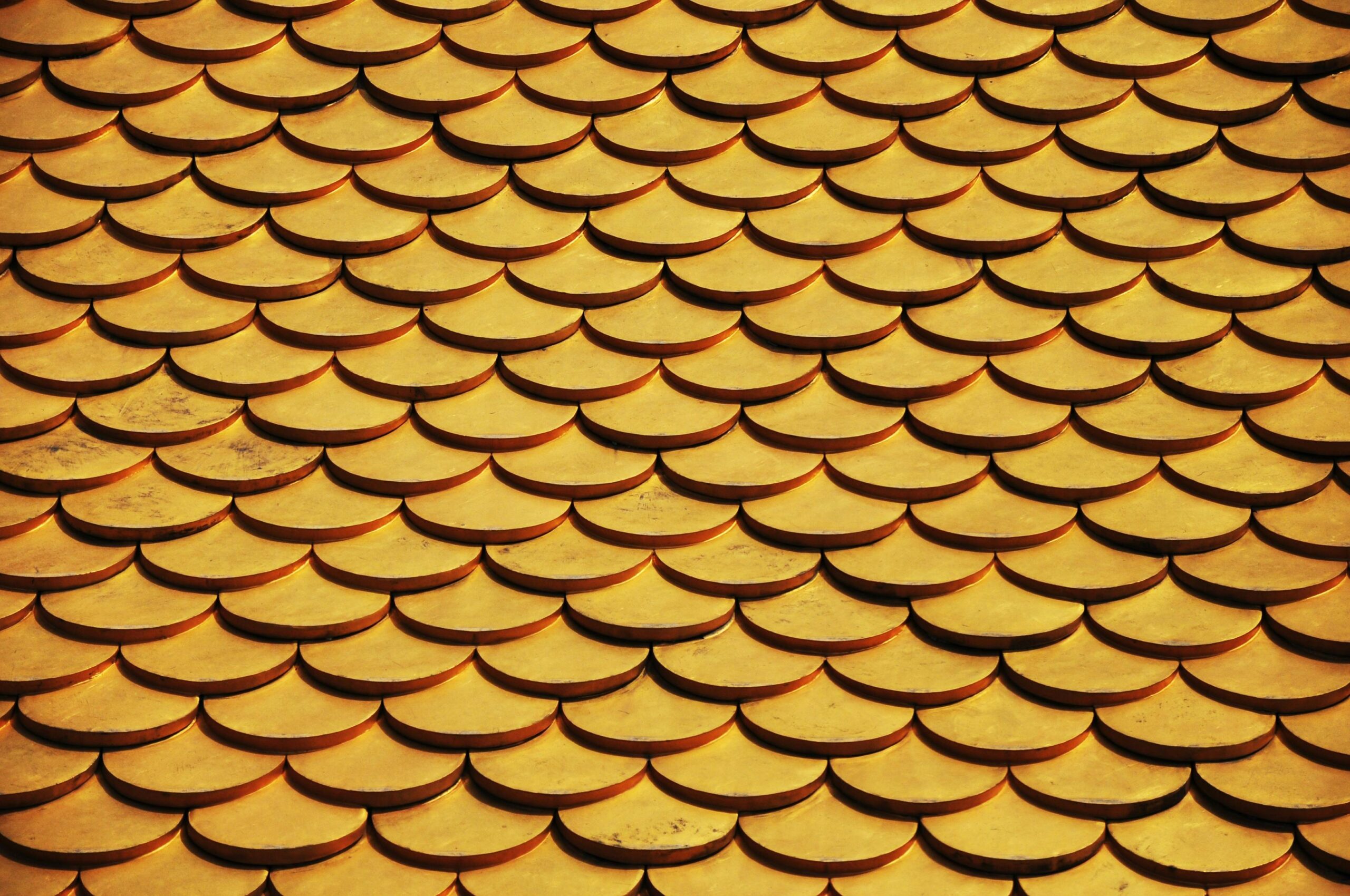The art of academic illustration with Pixeleiderdown

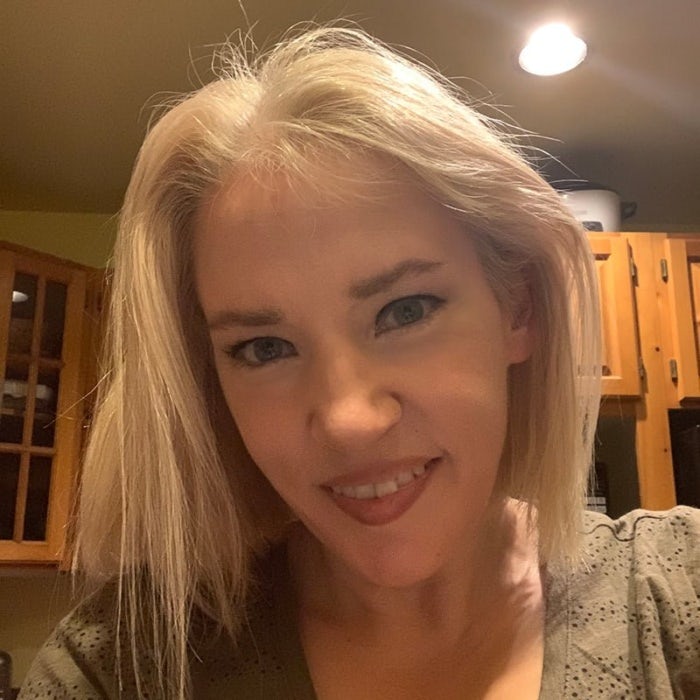
After studying archaeology and moonlighting as a student illustrator, New Zealand-born Tracey (aka Pixeleiderdown) found herself curating anatomy museums, illustrating for medical journals and refining maps for academic publications. Now based in Canada, she’s carved out a niche blending science and design in a way that just feels right. We caught up with Tracey to learn more about her journey, her process and why 3D animation might be her next big move.
Name: Tracey Porter
99designs handle: Pixeleiderdown
Location: Canada
Speciality: Academic Illustration
Who are you and what specific industry do you specialise in?
Hi, I’m Tracey. I was born in New Zealand and now I’m based in Canada. I consider myself an academic illustrator, a brand designer and I dabble in photo-realistic portraiture, plus the occasional landscape painting.
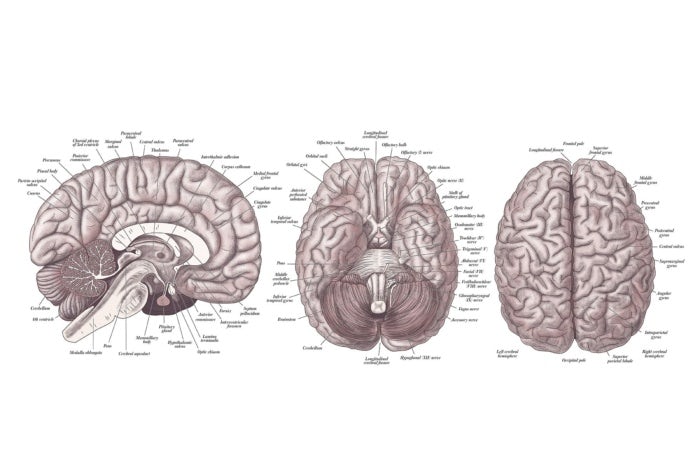
Why did you choose to specialise in this area?
I started in illustration and design to help other students while studying a Bachelor’s Degree in Archaeology. Once I finished, I worked for a medical school studying anatomy and biological anthropology.
I then ended up taking on a few jobs for a medical illustrator while I was employed as their Anatomy Museum Curator. Initially, I undertook my academic studies to help with my curator position, but as time went on I realised how much I relied on my studies to produce high-quality illustrations for peer-reviewed journals and research books.
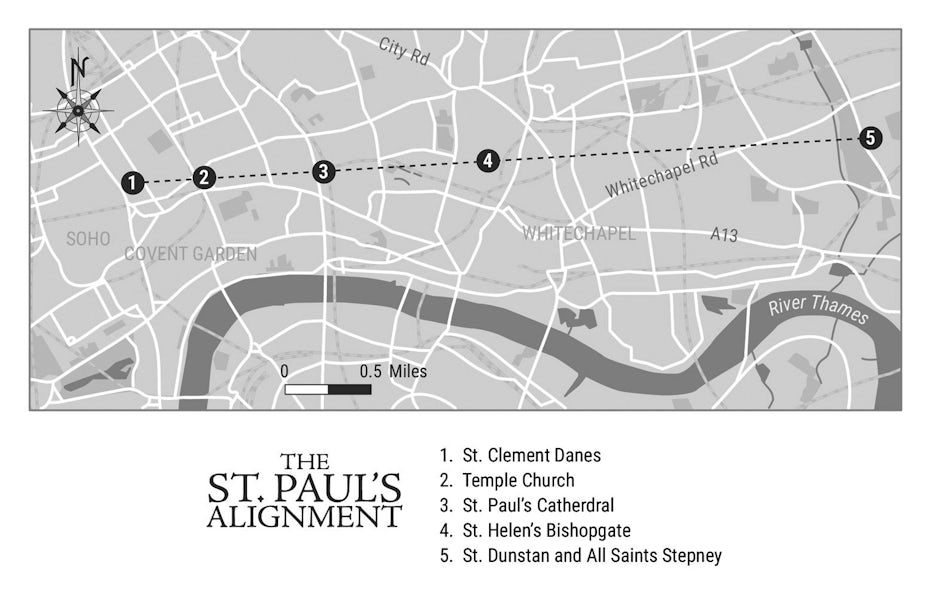
After a few years, I moved over to the Geography Department and worked as a cartographer/illustrator. I’d started drawing maps when studying archaeology and was trained by their in-house illustrators.
I decided to learn more modern mapping techniques and GIS through our School of Surveying, as about half my job in Geography was bringing GIS files into Adobe Illustrator and tidying them up for researchers and students.
What design trends are shaping your industry right now?
Artificial intelligence (AI) and that glossy yet imperfect style. It’s too early for AI to overtake the academic illustration field, given that 100% accuracy is a must. I produce illustrations for new research that are under strict NDAS. Currently, AI can’t create what the market needs because the databases aren’t populated with the right source material. Eventually, I think it will move in that direction – we’ve already noticed a huge drop-off in illustration work for more general imagery. If designers can’t find a way to incorporate AI into their workflow, there’s a risk they won’t be able to compete.
What’s one recent project you’re really proud of, and why?
I worked with a client (a doctor) who needed some health-related illustrations that were a mix of traditional anatomy and general health information. I had to find a balance between precise anatomy illustration and a more artistic illustrative style to ensure they were visually appealing to the public (rather than just medical professionals). The images also needed to be grayscale, so I had to think creatively about conveying the information in a clear and engaging way.
What is inspiring you at the moment?
I don’t usually work in 3D but surprisingly, I’m connecting with several designers and one of the founders from the French production company Fortiche. They recently produced the amazing 3D generated animation series Arcane for Netflix.
Talking to some of the designers and seeing them upload their design examples on LinkedIn and ArtStation, from concept to final rendering, has been super inspirational. Seeing how 3D and 2D illustration skills can overlap has encouraged me to extend my horizons. I’ve felt inspired to learn how to merge precision in my art with a more fluid organic style. The two can co-exist, which I think I overlooked in the past… it was always one or the other for me.
Which book / series / movie have you watched recently and would you recommend it?
Book: I recently read The Watcher series (The Watchers and Stay in the Light, by A.M. Shine) and the merging of Celtic mythology and horror made for a riveting read. For those who don’t like horror, the books lean more on mystery and mythology with just a few scares. Do not watch the movie based on the first book. They chopped out 75% of the story and ruined it, losing all the mystery and atmosphere.
What’s the best professional advice you’ve ever received?
To not undervalue myself. A designer once told me that we should never cut our prices to obtain work because that lowers the value of our work in our eyes and the eyes of our clients. He said we have to know our worth, and he couldn’t be more right!
Describe your design style in one word?
Precise.
Love Pixeleiderdown’s work?
Check out her full portfolio or (better yet) work with her on your next project!
Source link
